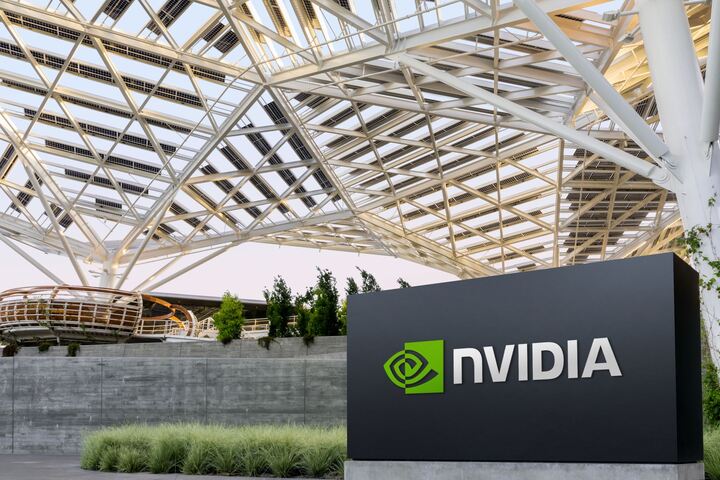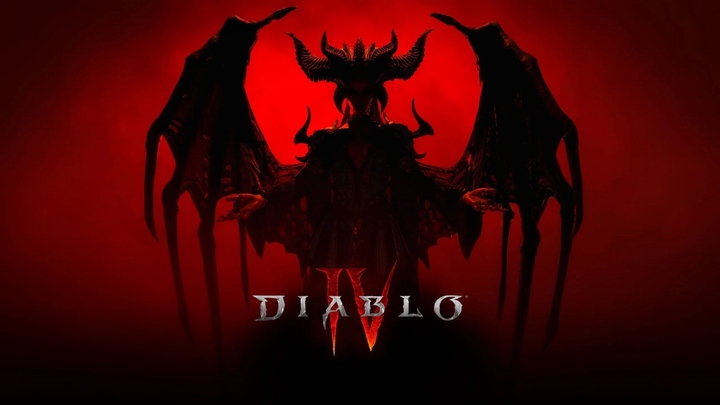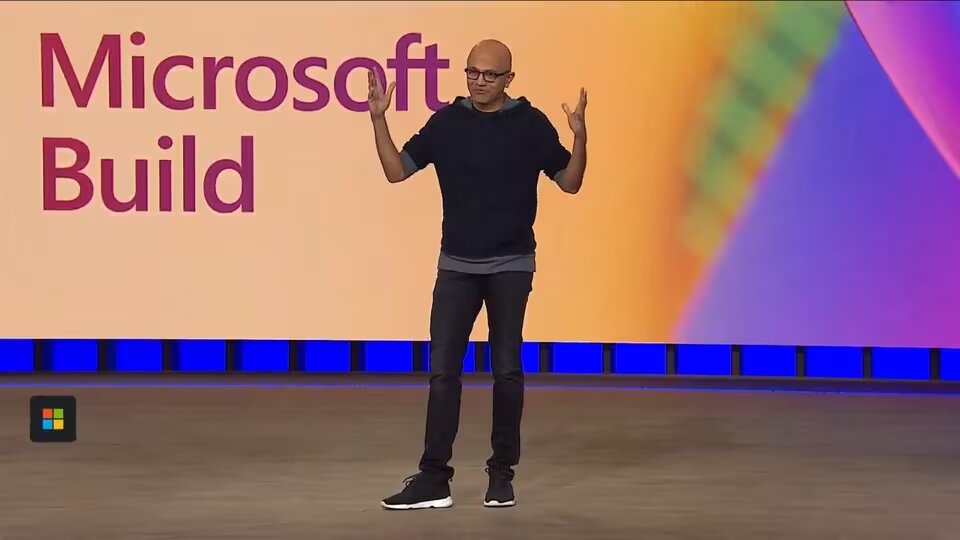Why are Nvidia shares soaring?
Tuesday saw Nvidia Corp (NVDA.O) reach a trillion-dollar market valuation as shares rose following a strong earnings report that made Wall Street reevaluate the chipmaker’s potential bonanza from artificial intelligence growth.
The $1 trillion valuation of Nvidia places it behind Apple, Microsoft, Alphabet, and Amazon as the fifth most valuable U.S. firm. The gaming chip manufacturer Nvidia recently made a shift to the data center industry.

When gaming and cloud adoption exploded during the pandemic and cryptocurrency aficionados began using the company’s chips to mine coins, the company’s business grew quickly. In the fiscal year that concluded on January 29, the company’s data center chip division generated more than 50% of its sales.
Also Read: Chip giant Nvidia nears trillion-dollar status on AI bet
This year, generative AI has become popularised by the ChatGPT chatbot, which went viral. The technology generates new content, such as poems, photos, and even computer code, using enormous amounts of pre-existing data.
The two major companies in the field, Microsoft and Alphabet Google think that generative AI will revolutionize the way that work is done. As they compete to rule the market, the two have rushed to incorporate technology into their internet search engines and efficiency programs.
By 2030, according to Goldman Sachs analysts, American investment in AI may account for close to 1% of the nation’s GDP. Powerful chips known as graphics processing units (GPUs) are used in huge computers that process data and power generative artificial intelligence. Analysts estimate that around 80% of GPUs are made by Nvidia.
The specialized type of math required for AI computation can be handled very effectively by GPUs. Generic central processing units, on the other hand, are less effective in handling a wider range of computing activities.
As an illustration, thousands of Nvidia GPUs were used to build OpenAI’s ChatGPT. Elon Musk, the CEO of Tesla, also purchased GPUs from Nvidia for his AI business, according to a Financial Times report from April. Advanced Micro Devices and internal AI processors produced by businesses like Amazon, Google, and Meta Platforms are among Nvidia’s key rivals.
Also Read: Grab co-founder Tan Hooi Ling to step down from operational roles
Nvidia is a leading manufacturer of GPUs, which are widely used in gaming, data centers, and AI applications. The demand for GPUs has been increasing as more industries and technologies rely on parallel processing capabilities for tasks such as AI training, deep learning, and high-performance computing.
Nvidia has been at the forefront of the AI boom, leveraging its GPUs to accelerate AI and machine learning workloads. The company’s GPUs are particularly well-suited for training deep neural networks, which require intensive computational power. With the rapid growth of AI applications across industries, Nvidia’s GPUs have become a crucial component of AI infrastructure.
·

I am a law graduate from NLU Lucknow. I have a flair for creative writing and hence in my free time work as a freelance content writer.





